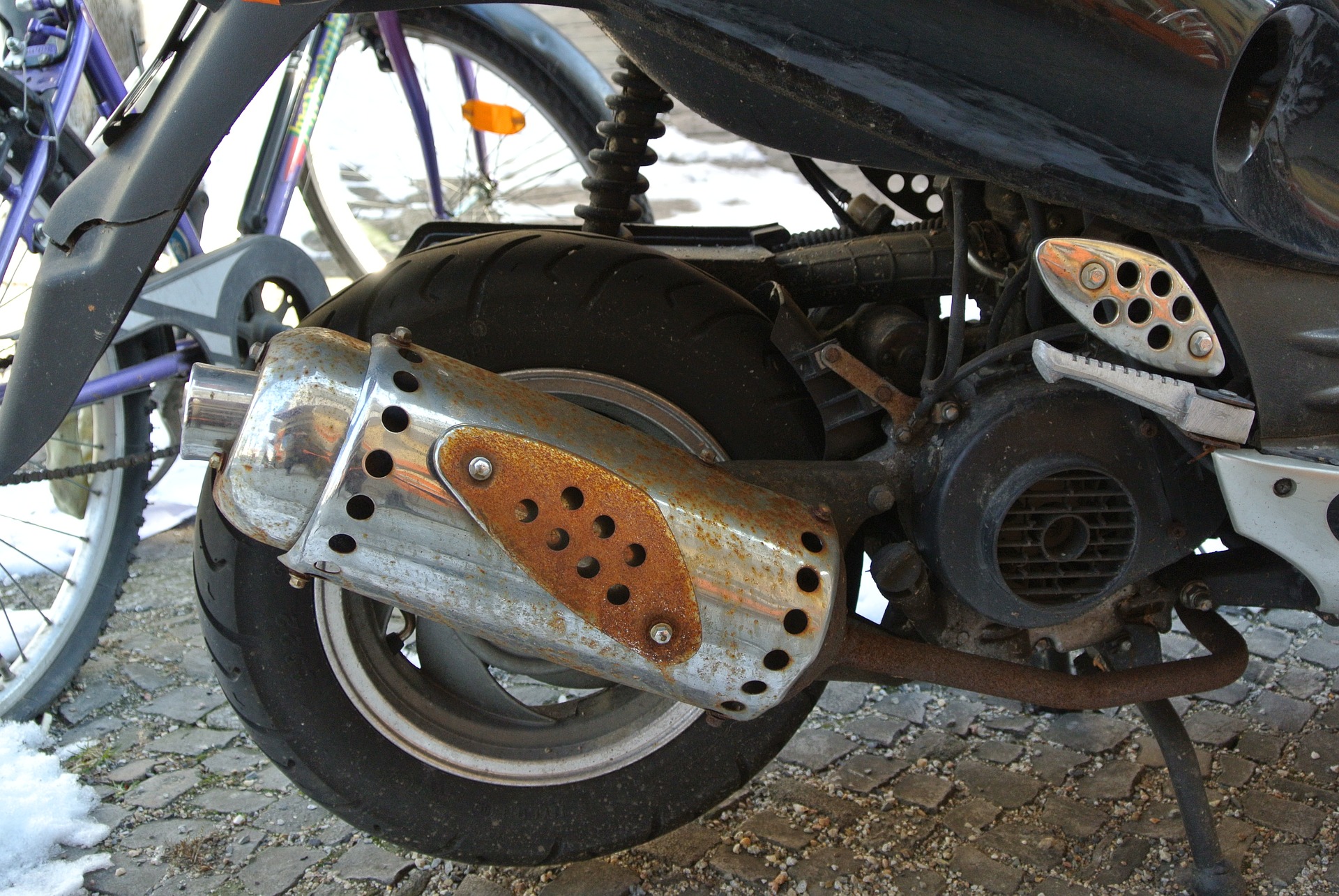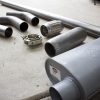The car’s exhaust system is one of its most important elements. In each car model, it is responsible for a number of extremely important functions. Functions without which the machine cannot works properly. These include noise reduction, flue gas cleaning, removal of combustion by-products or minimizing heat radiation as much as possible. The exhaust system includes a catalyst, flexible connector, pipes, probe and silencer. And although each of these elements is responsible for something else, the said connector and pipe connector are very often mistaken.
In order to understand the differences between these two elements, one needs to consider their characteristics and the main tasks they perform. The fact that both parts suppress unpleasant vibrations is obvious. But above all, they differ in construction. Let’s start with the flexible connector – its function, replacement process and accurate measurement.
Flexible connector – what is it and what does in the car?
It is obvious that the operation of an internal combustion engine causes specific vibrations. It is the design of rotary piston engines that forces such a reaction. However, these vibrations necessarily transfer to all other engine-related components, including the exhaust system. And unfortunately, this is not only undesirable but also harmful. It does not affect the whole structure very well. In addition, the noise level is then louder.
And precisely to minimize this process, and thus reduce the level of vibration – so-called flexible connector is used. In other words, a compensator or intermediate element of the exhaust system, i.e. an element made not of a solid pipe, but of a characteristic steel braid. With its help, it is possible to virtually eliminate unwanted vibrations, and more specifically transfer them to further elements of the system. These include exhaust pipes and silencers. What’s more, the connector also protects the collector from cracking.
Which cars require a flexible connector? In fact, all that have internal combustion engines. These include standard motor vehicles, agricultural machinery and construction machinery – harvesters, excavators and loaders. In addition, a connector is also required for internal transport devices, for example, forklifts. As if that was not enough, it is also used in vessels and mining.

When should the flexible connector be replaced?
If the exhaust system requires a flexible connector to be replaced, we will hear it immediately. The car starts to work very loudly, especially at higher speeds. We also hear a characteristic knock under the chassis. This reduces driving comfort and negatively affects the entire car. When the vibrations cease to be damped properly, the engine transfers its energy to other elements of the exhaust system, e.g. exhaust pipe or hangers. A catalyst that is not adapted to such conditions feels it the most.
When does this happen? For example, when we hit something with a car chassis. Another reason may also be a bad fit of the connector or improper mounting of the element. It is also normal for the braid to be damaged by natural exploitation. Unfortunately, it cannot be repaired. In the event of its wear, we must buy a new replacement.
We have a choice of both bi-directional and unidirectional standard connectors. What is the difference? The first will serve us regardless of the direction in which we will mount them. In turn, the second, because of their properties must be assumed in a specific way. Which flexible connector we choose depends on us.
How to properly choose a flexible connector for our car? Accurate measurement is needed before purchase.
Before we decide to buy a flexible connector, we need to know if it will perfectly match our car. To do this, you must first measure the used item. Preferably, when this is still under the car.
The conviction that measuring is not required because there are catalogues that clearly present all information – it can be fatal. Most often we will not find the exact dimensions of the model there. So if we have to make a measurement, how do we go about it?
Two things should be of particular interest to us. There is the diameter of the pipe just before or after the joint and its total length. How to do it without being able to use the under-car pit? It’s quite simple. Just slip under the car and with a simple measure or ruler or measuring tape, and gauge exactly the distance from the weld to the weld. Then proceed to measure the diameter of the pipe. It’s best to do this with a calliper, but if someone does not have it – maybe just a gauge circumference, then divide it by 3.

Pipe connector – what is it responsible for and what are its functions in the car’s exhaust system?
The so-called pipe connector is, as the flexible connector – an element mounted in the exhaust system. Its main task is to create a tight, hermetic connection between successive elements of the exhaust system. This attachment reduces the vibrations that are transmitted to the body. However, it is usually much shorter and stiff. Often it is sold immediately with two clamps.
Due to the fact that the element does not have a predetermined service life, it is considered to be suitable for replacement when it simply wears out. This should not be postponed because loosening the mountings may result in defects in other parts of the car.
And how do you know that the pipe connector is already defective? Just take a look at him. As it is exposed to moisture, it becomes covered with a white coating over time. What’s more, as a result of corrosion brown spots and marks appear on it. On the other hand, under the influence of temperature changes, the characteristic fastenings lose in the element. When this happens, we will certainly hear it. You can hear specific, unpleasant noises from the chassis.
Never underestimate the loud operation of the car!
Due to the fact that the exhaust system is a fairly advanced system, any malfunctions associated with it can be quite dangerous. And given the fact that its individual components wear out over time, you should be vigilant. You also have to accept that damage to specific parts is inevitable. Although, depending on their quality, we are talking here about a different time period. The way the car is used is also important. More often, the defects of the exhaust system apply to cars that travel a lot on urban roads.
Either way, as has already been mentioned, suspicious sounds are a sign of trouble with the exhaust system. These can be heard when the muffler or exhaust pipe starts to fail. The car becomes loud, and sometimes you can also smell the gasoline. If the muffler is burned out, its defect directly translates into the operation of the entire engine. This one begins to “choke”. The exhaust gases return to the chamber and the gasoline-burning process is disturbed.
To some extent, it should be comforting that usually, only one element of the entire exhaust system fails. The risk that the exhaust system will be destroyed in its entirety is really negligible. However, if you detect any uncomfortable symptoms yourself or with the help of a qualified specialist – react. In the event of a fault, it is almost always necessary to repair or completely replace the worn part. It is better to replace one pipe connector or flexible joint than to cause a more expensive catalyst or muffler to fail.
Fortunately, a new flexible connector or pipe connector is a low cost. A small element, although seemingly trivial, is of great importance. Thanks to it, we are able to stop unpleasant vibrations and noises.
